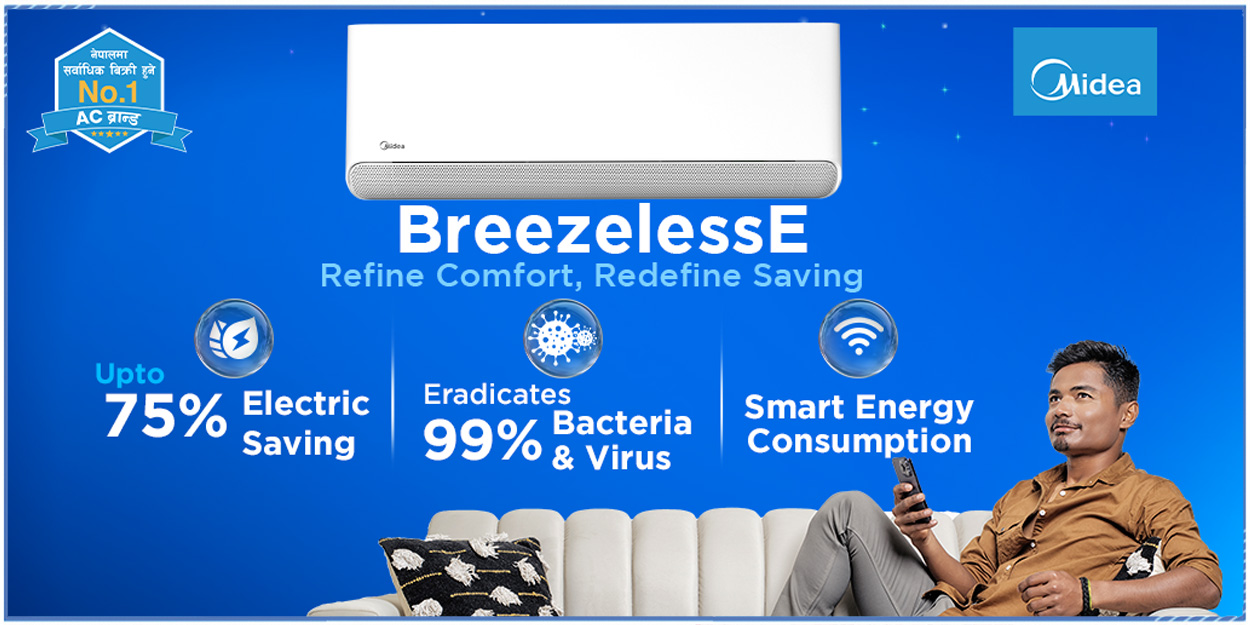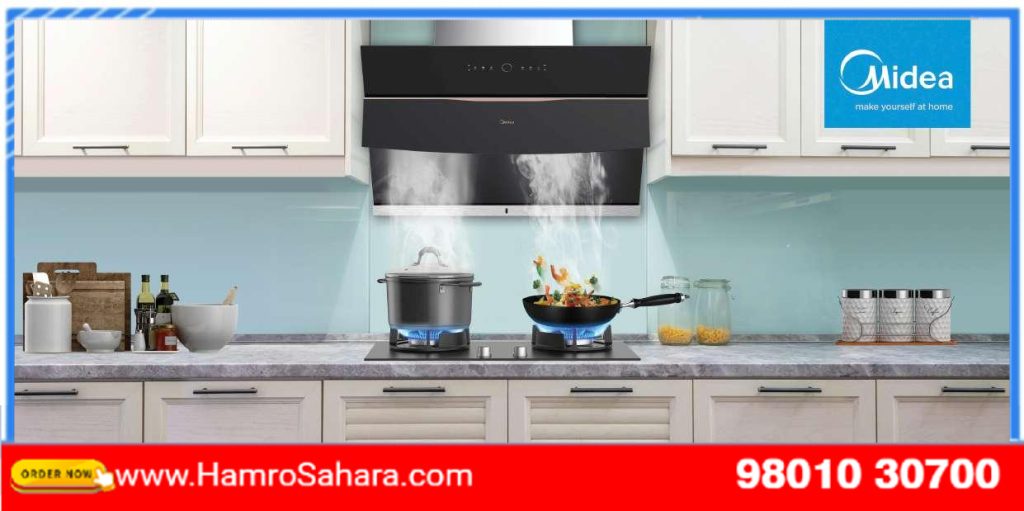Excess humidity in the home can lead to a range of issues, including mold growth, musty odors, and discomfort. A dehumidifier can help combat these problems by removing excess moisture from the air. However, with numerous options available in the market, choosing the right dehumidifier for your home can be a daunting task. In this comprehensive guide, we will walk you through the key factors to consider when selecting a dehumidifier, helping you make an informed decision that suits your specific needs and ensures optimal performance.
1. Assessing Your Needs:
Understanding the specific humidity issues in your home.
Determining the size of the space you want to dehumidify.
Identifying the desired moisture removal capacity (pints per day) for effective results.
2. Types of Dehumidifiers:
Exploring different types of dehumidifiers: refrigerative (compressor-based), desiccant, and hybrid models.
Understanding their working principles, advantages, and limitations.
3. Capacity and Coverage Area:
Matching the dehumidifier's capacity (measured in pints per day) to your specific requirements.
Considering the coverage area and ensuring it is appropriate for the space you intend to dehumidify.
4. Humidity Control and Settings:
Examining the control options, including manual and digital humidistats.
Understanding adjustable humidity settings, timers, and programmable features for customized operation.
5. Energy Efficiency:
Evaluating the energy efficiency ratings (AHAM and Energy Star certifications) to ensure cost-effective operation.
Considering additional features like auto-shutoff and defrost cycles for energy savings.
6. Noise Level:
Checking the noise level specifications for quiet operation, especially in areas where noise is a concern (bedrooms, living rooms, etc.).
7. Drainage Options:
Exploring drainage options, including manual emptying, gravity drains, and continuous drainage with built-in pumps.
Considering the convenience and practicality of each option based on your setup and preferences.
8. Filtration and Air Quality:
Assessing the air filtration system, including the presence of washable or replaceable filters.
Considering additional features like activated carbon filters or UV germicidal lights for improved air quality.
9. Portability and Design:
Evaluating the size, weight, and mobility features of the dehumidifier.
Assessing the design and aesthetics to ensure it fits well with your home decor.
10. Maintenance and Warranty:
Understanding the recommended maintenance tasks for optimal performance and longevity.
Checking the warranty coverage and terms provided by the manufacturer.
By considering factors such as capacity, coverage area, humidity control, energy efficiency, drainage options, and maintenance requirements, you can choose the right dehumidifier that effectively addresses excess moisture in your home. This comprehensive guide provides the necessary information to make an informed decision, ensuring a comfortable and healthy indoor environment for you and your family.














